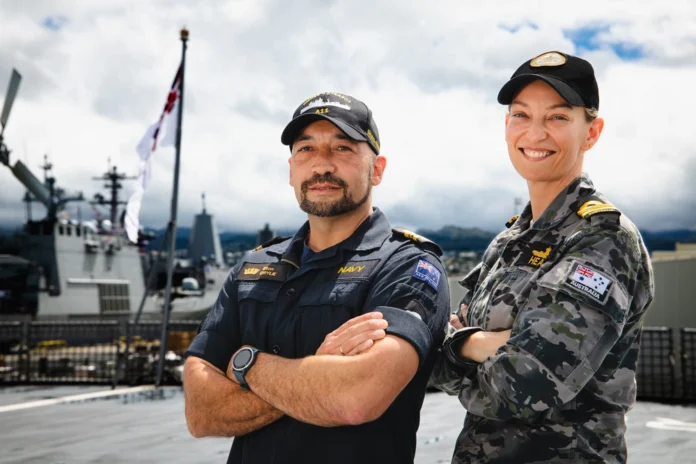Smaller RIMPAC presence needs contextBy Peter Leavy*
Australia’s participation in the 2024 RIMPAC naval exercise, judged purely on the fact it has sent just HMAS Sydney, fewer vessels than usual, should be seen in context, and no reflection on Australia’s commitment to either the US relationship or to Australian naval participation in international exercises and co-operation generally.


